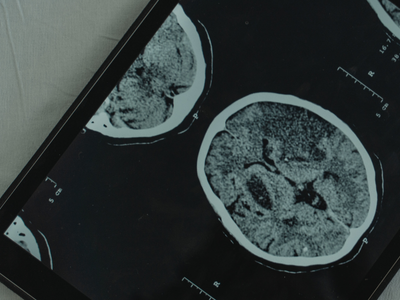Published on 15 May 2023
Parkinson’s disease affects three in every 1,000 Singaporeans aged 50 and above. Learn how to recognise its symptoms, and find out what you can do to manage the condition.
It is among the most common neurological disorders in Singapore, and more ominously, is a condition that has no known cure.
As such, it can feel devastating to be diagnosed with Parkinson’s disease – an age-related degenerative brain condition that causes parts of the brain to deteriorate.
But fret not – there are ways to ensure that a person diagnosed with the condition will not have their quality of life compromised.
Senior Consultant Adj A/Prof Derek Soon from National University Hospital (NUH) and Ng Teng Fong General Hospital (NTFGH) explains how, as he sheds light on the most commonly asked questions about Parkinson’s disease.
Q: What are the early signs and symptoms to look out for?
Parkinson’s disease has many manifestations. The most known symptom is the development of a tremor in the hands. It is classically described as ‘pill-rolling tremor’, as if one is rolling a pill between one’s thumb and forefinger. It emerges when the limb is at rest – that is, not doing anything – and can become more prominent at times of tension or stress.
Other symptoms to look out for include changes in speech (softer) and handwriting (one’s handwriting can become smaller and more spidery). Other reported symptoms include a loss of one’s sense of smell and changes in mood, with low mood being a commonly reported symptom.
Q: For people with a family history of Parkinson’s disease, are there any tests that can determine their probability of being diagnosed with the condition?
While familial clusters do exist, the majority of Parkinson’s disease are not linked to any family history, nor identifiable gene. Parkinson’s disease is associated with other factors, most prominently with advanced age.
No blood test exists which can diagnose, nor predict, your risk of Parkinson disease. Diagnosis is through examination and recognition by an experienced clinician.
Q: What are some of the treatments?
Treatment for Parkinson’s disease is aimed at relieving the symptoms of the disease, which can make a great difference in the quality of life. Medications exist for improvement of mood, sleep and movement. Physiotherapy can help patients with balance and strength, thus preserving mobility for longer.
For patients who do not respond to medications, or who have unacceptable side effects, there are surgical options in specialist centres that may be able to help them.
Q: What is the life expectancy of someone who has been diagnosed?
A person with Parkinson’s disease can expect to live on average between 15 to 20 years past his diagnosis.
Perhaps it is more important for patients to understand how long before Parkinson’s disease significantly impairs one’s function.
Various studies have observed that at seven years post-diagnosis, one can see the beginnings of significant impairment. This doesn’t happen suddenly, but as a gradual process. So, one may not be able to tell the difference on a day-to-day basis, but the changes may get more noticeable year on year.
Q: What are some lifestyle changes that can help delay the progress of the disease?
Parkinson’s disease is a disease where parts of the brain degenerate and age more quickly than normal. As yet, there are no treatments nor lifestyle changes which have been shown to slow the disease down.
However, the progression of the disease is already slow, and one afflicted with the condition typically has years in which they can continue to enjoy mobility, spend time with their loved ones, and even contribute to society.
In consultation with Adj A/Prof Derek Soon, Senior Consultant, Division of Neurology, Department of Medicine, NUH and Senior Consultant, Division of Neurology, Department of Medicine, NTFGH.




